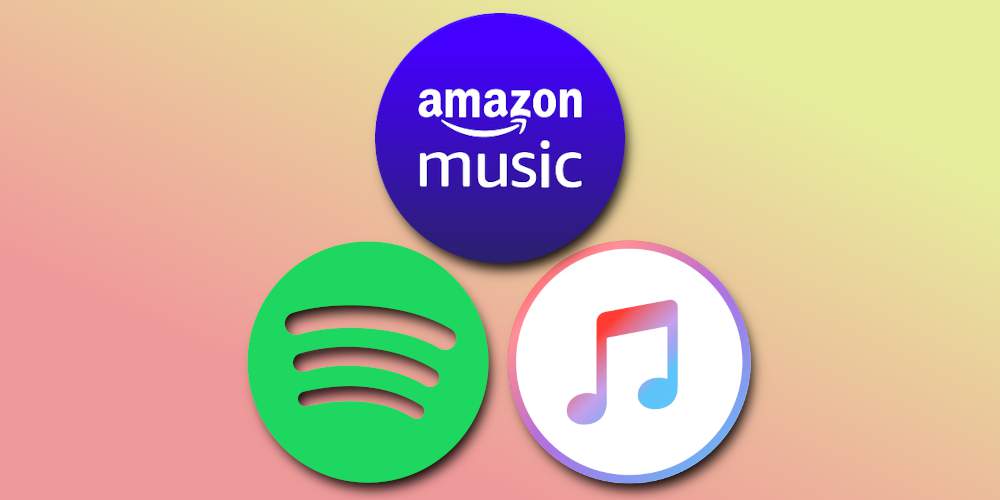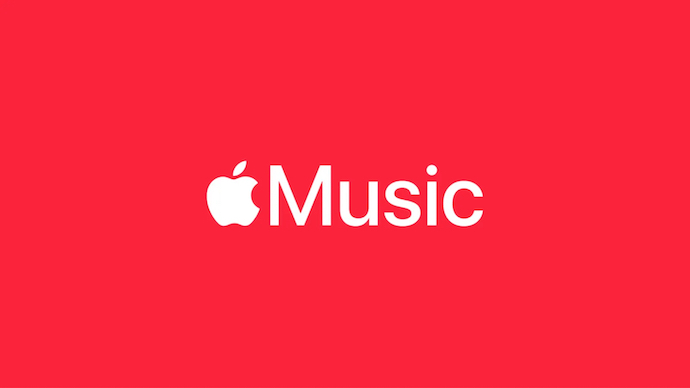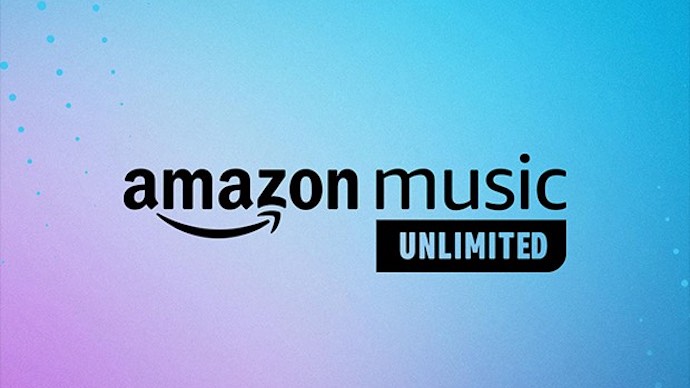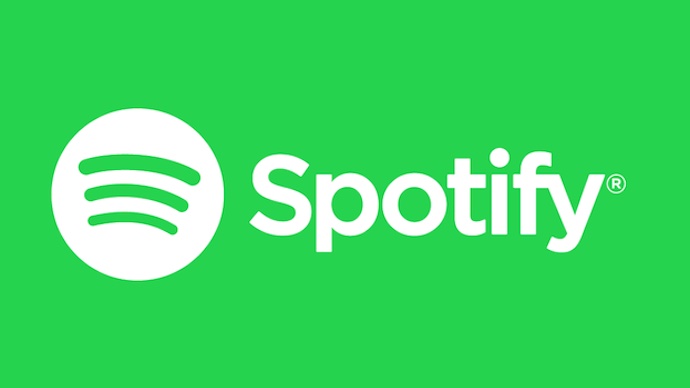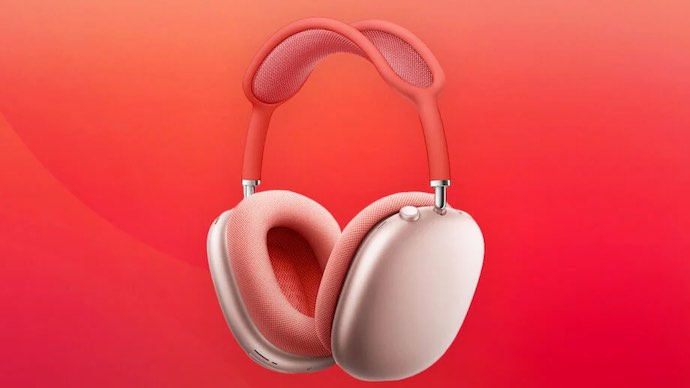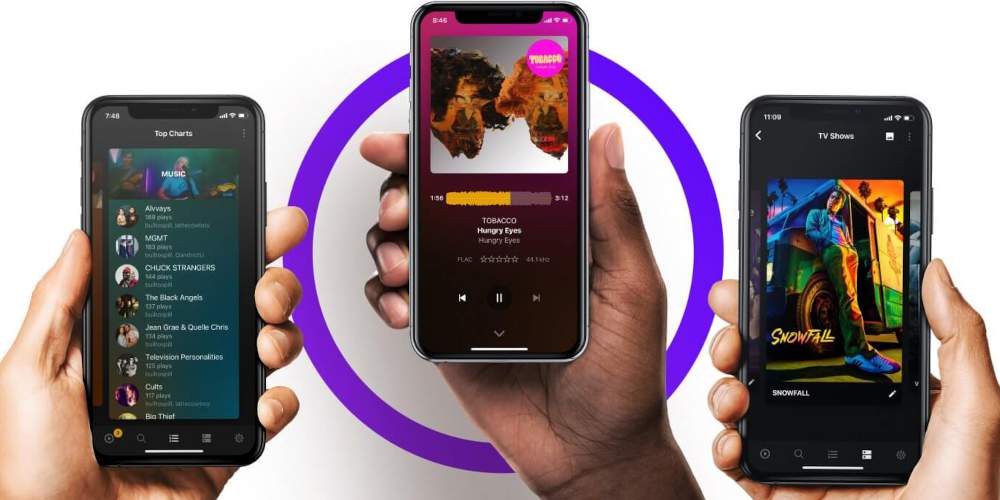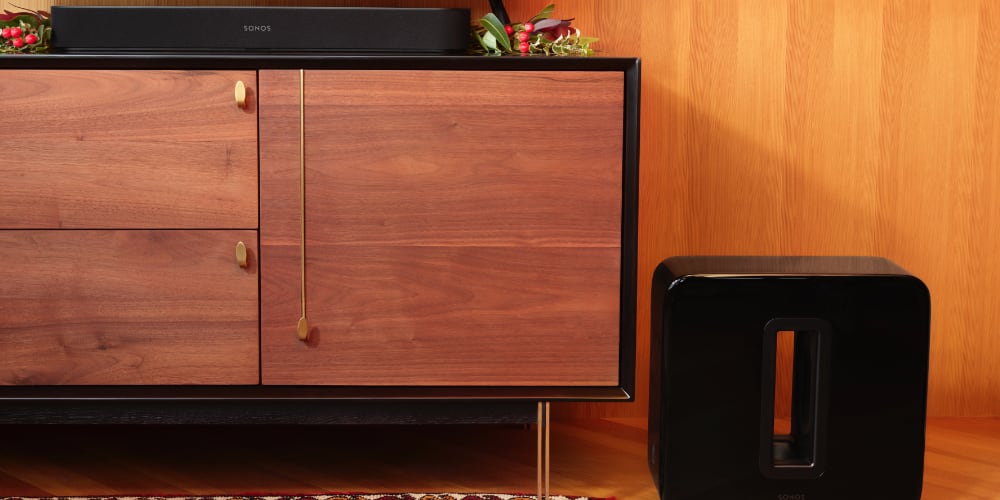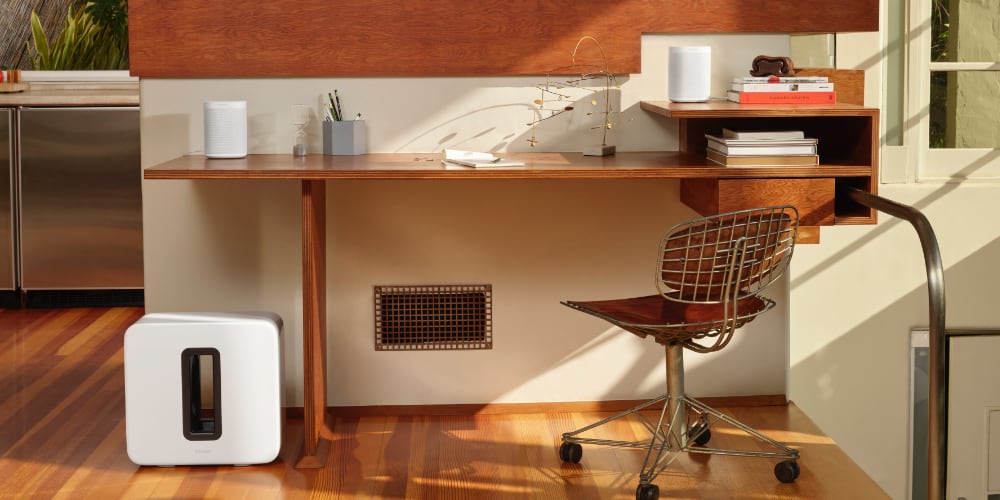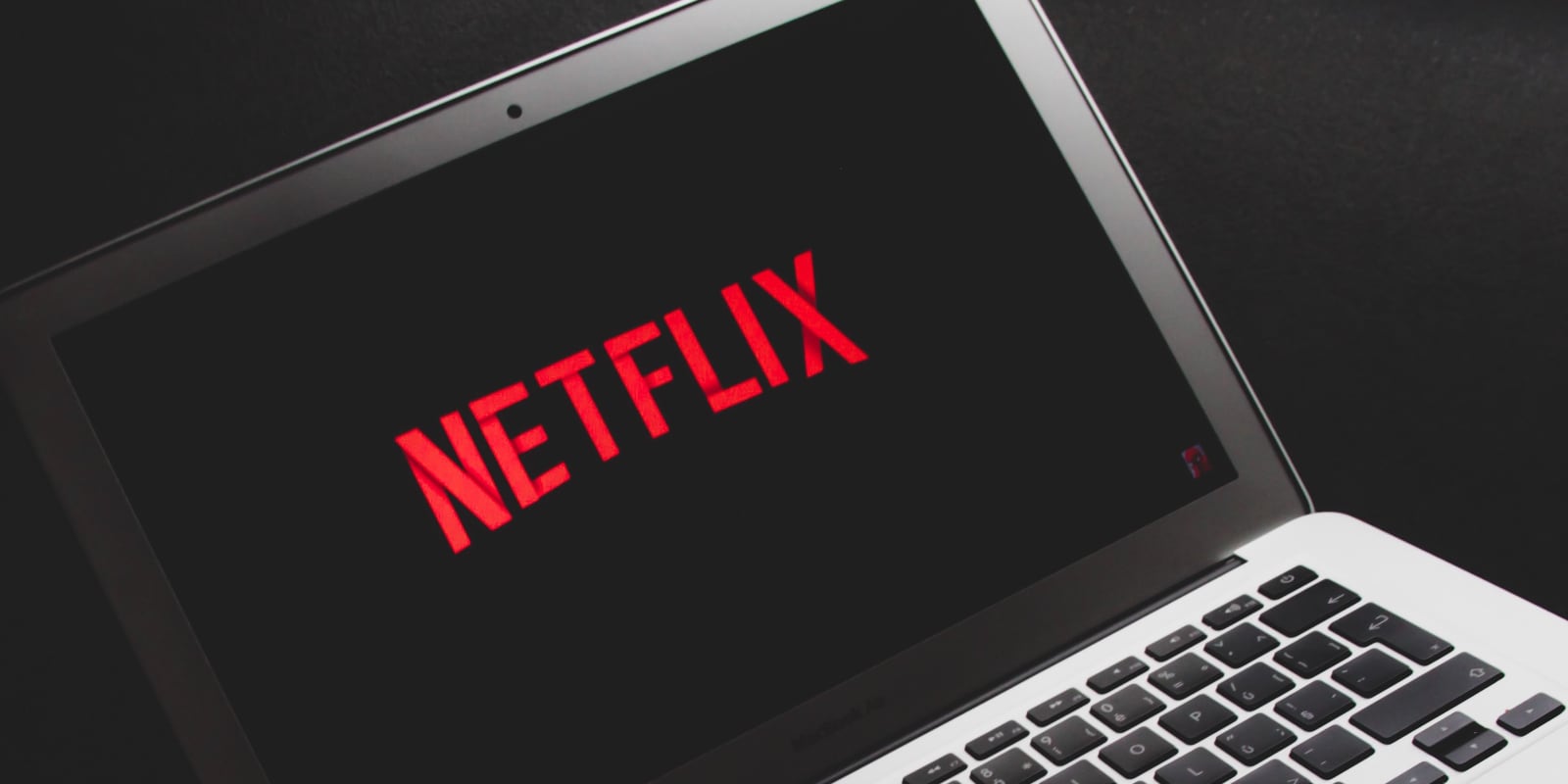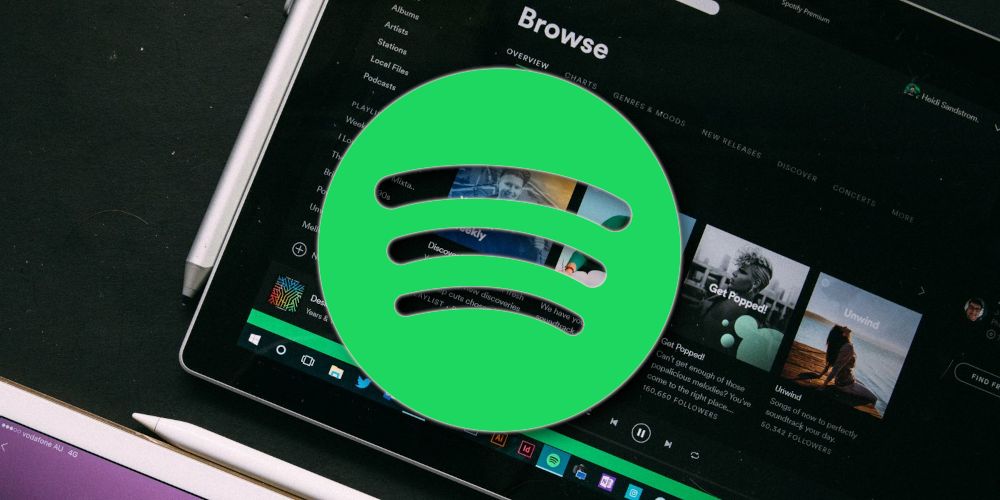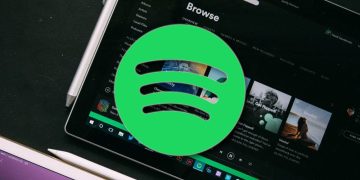Audio and Music Library, Compared
So, on paper, both Apple Music and Amazon Music eke out an edge over Spotify, not just with their overall library size but also the availability of lossless audio quality on their platforms.
If you’re mainly in it for a massive music library and cutting-edge hi-res audio support, you can’t go wrong with either Apple Music or Amazon Music. But if you don’t want to pay anything, Spotify Free is your only real option—as long as you can endure the aggressive ads.
Related:Does High Resolution Audio Matter? The Pros and Cons of Hi-Res Audio
Ease of Use, Compared
Ease of use is everything to the consumer. If a service is too confusing or frustrating, then say goodbye to everyone who uses it.
Apple is king when it comes to making products so easy to use that even your grandma will have no trouble. The designs for everything they make are built on the pursuit of simplicity and elegance.
And that’s certainly true for Apple Music. The design and UI are easy to navigate, easy to use, and have no significant drawbacks. The app’s interface looks clean and tidy, with all the different sections labeled well.
Along similar lines, Spotify’s UI is designed to be borderline foolproof—anybody can use the system with ease, right from the get-go. And we’d hope so, given the many years they’ve had to interate and upgrade.
Then there’s Amazon Music, which has a UI that’s functional but uninspired. It’s a lot like everything Amazon pushes out: cherry-picking bits here and there from competitors, but lacking soul. From a trillion-dollar company, you’d expect more innovation and a sexier edge.
We’d ranked them as Spotify in the lead, with Apple Music in close second, but Amazon Music lagging far behind.
Offline Playback Capabilities, Compared
If you want to listen to your music offline, you have to do what we used to do in “the old days”: download songs to our phone. (Except back then it was a portable MP3 player, not a phone. But I digress.)
Related:Is a Portable Music Player Worth It? Why Not Just Use Your Phone?
Offline music playback will always be a big deal for music lovers, and that’s why the feature is often behind a subscription. As a paying customer, you’re allowed to download songs from their servers, keep them on your device, and listen to them whenever you want.
But some platforms are more restrictive when it comes to what you can download, how much you can download, where you can download, and how long you can keep those downloads.
For example, Spotify Premium allows downloads for albums, playlists, and podcasts (Spotify Free can only download podcasts). You can download up to 10,000 songs per device, up to 5 devices. Downloads need to be refreshed every 30 days, requiring an internet connection.
Meanwhile, Amazon Music and Apple Music don’t have any limits on how many songs you can download for offline playback.
One thing to note: regardless of which streaming service you use, downloaded songs are protected by DRM and can only be played using the appropriate apps for the service.
Price Paid to Artists, Compared
You probably don’t think too much of it in your day-to-day, but we think it’s a big deal when it comes to music streaming services and how much they pay the artists on their platforms.
Bang for Your Buck, Compared
No matter which platform you prefer, the Family plan will always be the best bang for your buck. Spotify is slightly more expensive, but negligibly so.
For students, Spotify’s Student plan is an insane deal with its inclusion of both Showtime ($11 per month on its own) and Hulu With Ads ($7 per month on its own). That’s a lot of extra streaming.
For individuals, you can get the most bang for your buck by pairing up with a friend, family member, or significant other and opting for Spotify’s Duo plan. If you have no one to pair with, Apple Music and Amazon Music are on par for best due to their lossless quality options.
For those most concerned with ethical consumption, you’ll want to go with one of Apple Music’s plans because they pay the most to artists.



![]()
